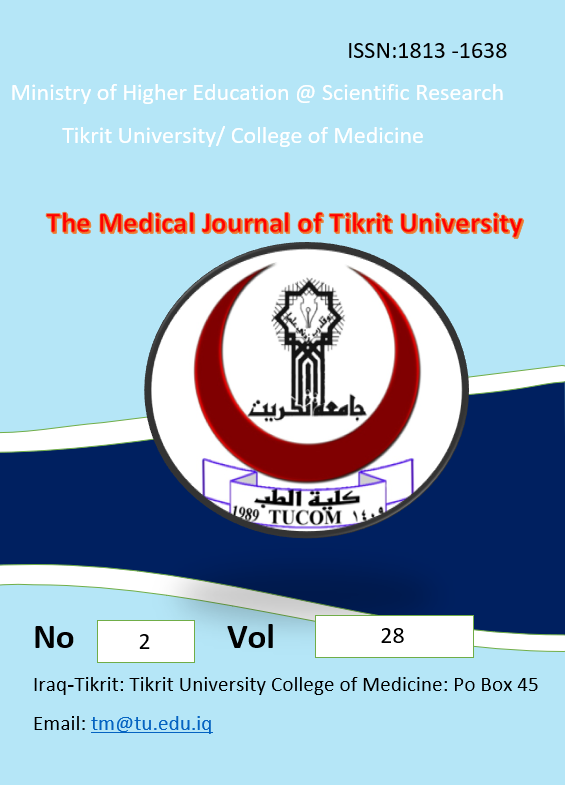Pregnancy Predictors after Intrauterine Insemination in Case of Unexplained Infertility
Keywords:
IUI, Intrauterine Insemination, Insemination, InfertilityAbstract
Background: IUI procedure is widely applied around the world. The aim of IUI is to put a prepared small volume of active motile sperm high in the uterine cavity, on the period of ovulation. In many centers IUI is usually applied in combination with ovulation induction or Controlled ovarian hyperstimulation (COH). however, the successful rate of getting pregnancy with IUI remains unchanged.
Aim of study: To clarify the prognostic factors effect in cases of unexplained infertility offered intrauterine insemination with controlled ovarian stimulation.
Patients and methods: This is a prospective cohort study has been conducted in Salahadeen General hospital (Iraq/Tikrit City) from December 2017 to August 2018. A 45 couples of unexplained infertility were included, a maximum of 3 cycles of IUI were done with clomiphene citrate, HMG. Ovulation trigger was given when the largest follicle diameter around 18 mm. and IUI was planned within 36hrs. later
Results: A50 cycles of IUI were entered into the study among 45 couples. From these cycles, conceptions resulted, giving an overall total pregnancy rate per cycle of 12%. Cycles per couple were ranged from one to three. The mean age of the male patients was (37year) and (33year) for the female patients. The mean of duration of infertility was (9.5year) in couples who got pregnancy while was (5.04year) in those who got no pregnancy. The pregnancy rate was higher in the age group of (25-29 yrs) and (more than 35ys). The pregnancy rate was higher in cycle with one follicle.
Conclusion: In this study different factors had been studied like couple`s age, duration of infertility, number and size of follicles, number of treatment cycles, semen parameters and duration of stimulation were used to predict the success rate but all were not significant. There was significant difference in the pregnancy rate in cases of primary (12.5%) and secondary infertility (11.5%) group (p value=0.042). The overall pregnancy rate per cycle in our study was 12%.





